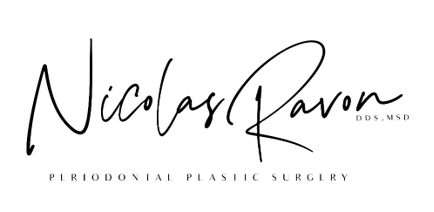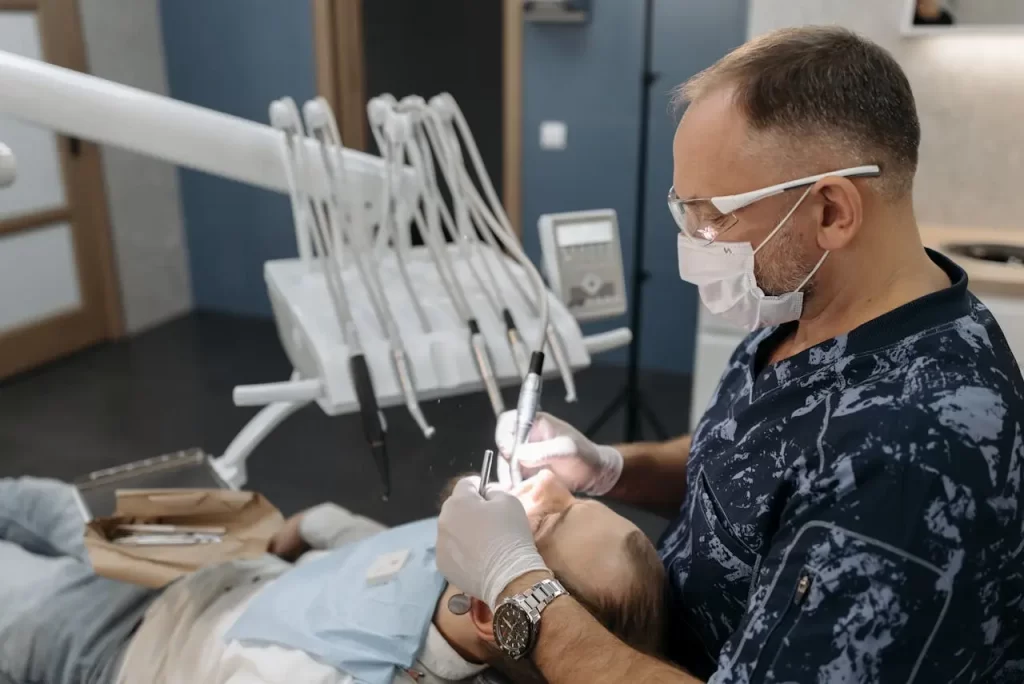Introduction
When was the last time you thought about your gums? If you’re like most people, you might focus on brushing your teeth and forget about the health of your gums. But did you know that your gums are the foundation of your oral health? That’s where periodontal therapy comes into play. In this article, we’ll explore why periodontal therapy is essential for maintaining not just a bright smile, but overall health as well.
What is Periodontal Therapy?
Periodontal therapy refers to the various treatments aimed at combating periodontal disease, a condition affecting the gums and the structures supporting your teeth. Periodontal disease ranges from simple gum inflammation (gingivitis) to serious disease resulting in major damage to the soft tissue and bone that support the teeth.
The Science Behind Periodontal Disease
Periodontal disease is primarily caused by plaque, a sticky film of bacteria that forms on your teeth. If plaque isn’t removed, it can harden into tartar, which brushing cannot clean. This buildup can lead to inflammation and infection. When the gums are infected, they pull away from the teeth, forming pockets that can become infected and, over time, destroy the bone supporting the teeth.
Signs and Symptoms of Periodontal Disease
It’s crucial to recognize the signs of periodontal disease early:
- Early signs: Red, swollen, and bleeding gums.
- Advanced symptoms: Bad breath, receding gums, loose teeth, and pus between the teeth and gums.
Why Periodontal Therapy is Essential
Ignoring periodontal disease can lead to severe consequences, including tooth loss. But the stakes are even higher than that. Research shows a strong connection between periodontal disease and systemic conditions such as diabetes, heart disease, and stroke. Thus, treating gum disease is crucial not just for oral health but for overall health.
Different Types of Periodontal Therapy
Periodontal therapy can be either non-surgical or surgical, depending on the severity of the disease.
- Non-surgical treatments: These include scaling and root planing, a deep-cleaning method to remove plaque and tartar from below the gum line. Antibiotics may also be used to treat infection.
- Surgical treatments: These are necessary for advanced cases and include flap surgery to remove tartar in deep pockets, and bone and tissue grafts to regenerate bone and gum tissue.
The Process of Periodontal Therapy
The journey of dental therapy usually starts with an initial consultation where your periodontist will evaluate your condition. This is followed by a thorough diagnosis, often involving X-rays. Based on this, a tailored treatment plan is developed.
Benefits of Early Intervention
The earlier you treat periodontal disease, the less invasive and more effective the treatments will be. Early intervention can prevent the need for surgery and result in better overall health outcomes.
Risks of Ignoring Periodontal Issues
If periodontal disease is left untreated, it will progress and lead to more serious health issues. These include tooth loss and increased risk for other systemic conditions such as cardiovascular disease and diabetes.
How to Maintain Oral Health Post-Therapy
Maintaining oral health after periodontal therapy is essential to prevent recurrence. This includes regular dental visits for cleanings and check-ups, along with good oral hygiene practices like brushing and flossing daily.
Periodontal Therapy and Overall Health
There’s a well-established link between periodontal health and overall health. Gum disease can exacerbate or contribute to various systemic conditions, particularly cardiovascular diseases. Maintaining healthy gums can positively impact your overall well-being.
Common Myths About Periodontal Therapy
Let’s debunk some common myths:
- Myth 1: It’s painful. While some procedures can cause discomfort, modern periodontal therapy uses advanced techniques to minimize pain.
- Myth 2: It’s unnecessary unless you have severe symptoms. Early treatment can prevent severe symptoms and more invasive procedures.
Choosing the Right Periodontist
Selecting the right periodontist is crucial for effective treatment. Look for credentials, experience, and patient reviews. Don’t hesitate to ask questions about their approach and the technologies they use.
Cost and Insurance Considerations
Periodontal therapy costs can vary widely depending on the treatment required. Many dental insurance plans cover at least part of the cost. It’s essential to discuss with your periodontist and insurance provider to understand your coverage and out-of-pocket expenses.
Conclusion
Periodontal therapy is a cornerstone of maintaining not only oral health but overall health. Timely intervention and proper maintenance can save your teeth and contribute to your overall well-being. Don’t wait for severe symptoms to show up. Take action now to keep your gums and teeth healthy.
FAQs
- What is the primary cause of periodontal disease?
- The primary cause is plaque, a sticky film of bacteria that forms on teeth.
- Is periodontal therapy painful?
- Modern periodontal therapy aims to minimize pain with advanced techniques and local anesthesia.
- How often should I visit the dentist after periodontal therapy?
- Regular dental visits every three to six months are recommended to maintain oral health.
- Can periodontal disease affect my overall health?
- Yes, it has been linked to systemic conditions such as heart disease and diabetes.
- Is periodontal therapy covered by insurance?
- Many dental insurance plans cover part of the costs; check with your provider for details.


